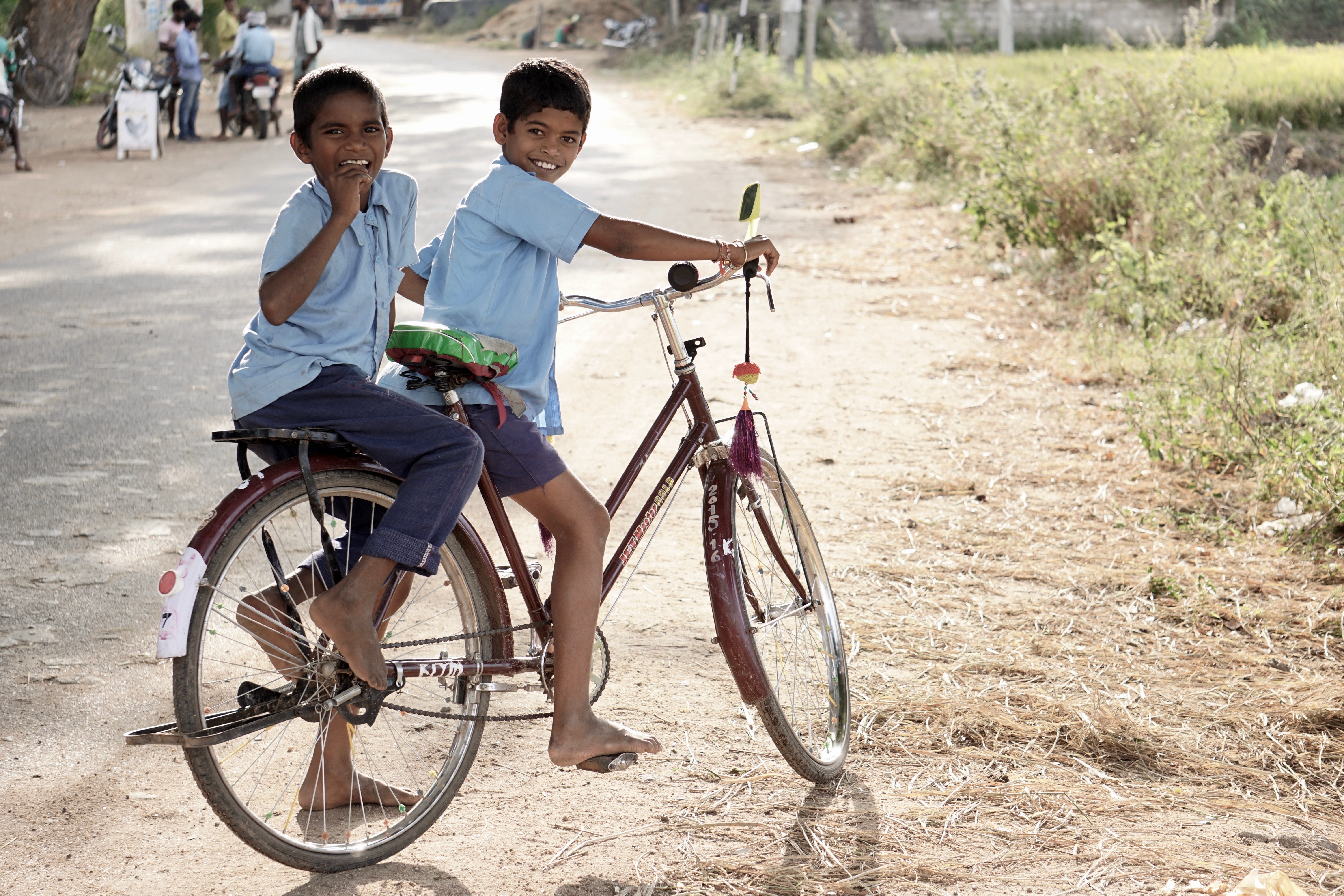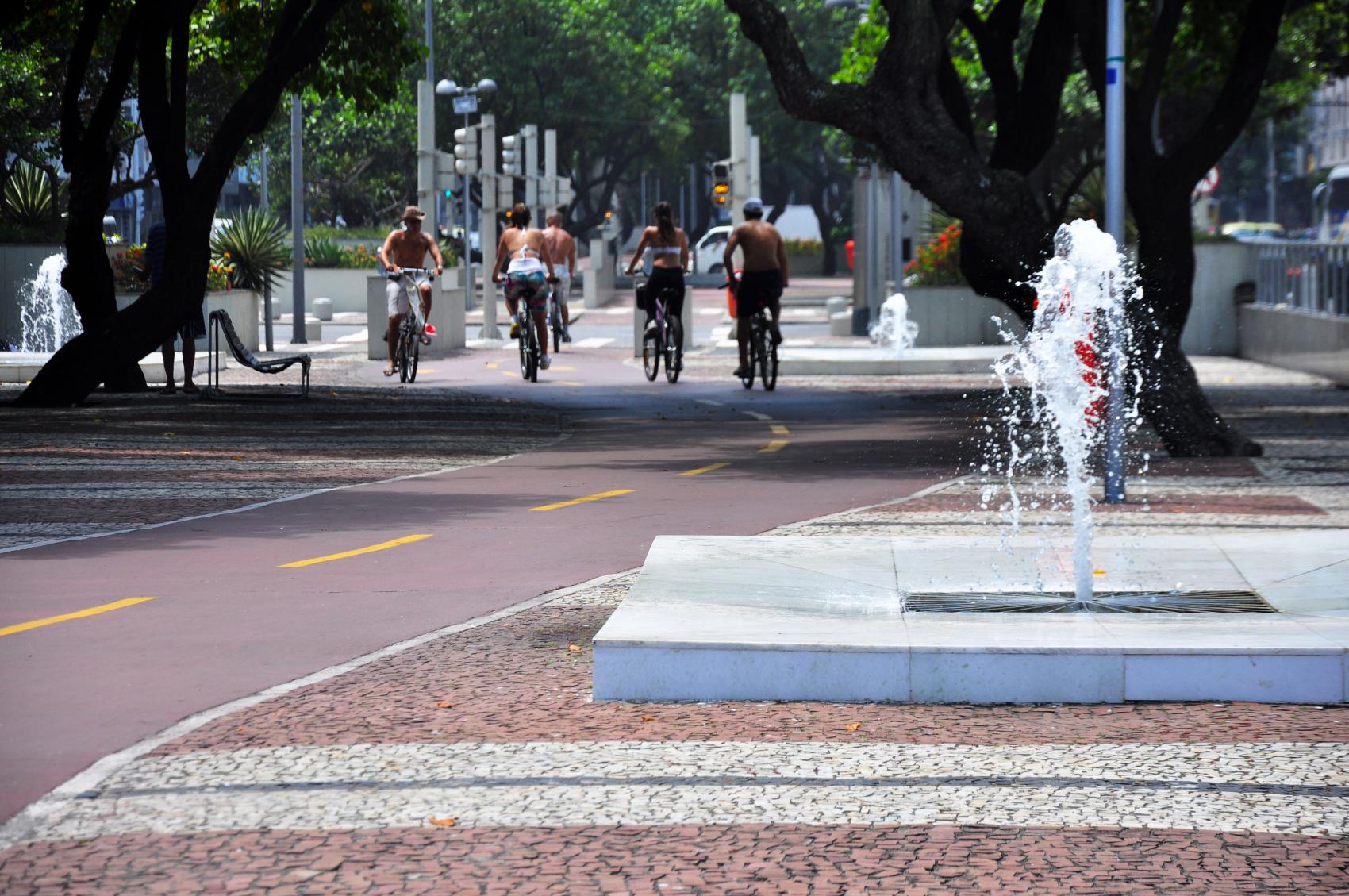
The bicycle as a tool for social equity
After last week’s article on women and cycling, we introduce another crucial topic which will be discussed during Velo-city 2018: bicycles as a tool for access and social inclusion. Rio de Janeiro will be the perfect stage for that purpose, as the majority of people who use the bicycle are on lower incomes[1] and they use it to commute. Investing more in cycling, it is a way not only to encourage more people to use alternative modes of transport but also to reduce poverty.
Policies to promote cycling are important for reasons of social justice and inclusion. People on a low income use bicycles more. The right to mobility is one of the fundamental freedoms and it must be fostered and implemented through all policies. Walking and cycling are means of transport accessible to the vast majority of people, and thus they help to reduce social imbalances. Despite situations can differ considerably, much remains to be done in both developed and developing countries. In developed countries bicycles can represent a fundamental mode of transport for low-income people and minorities to reach work places. As demonstrated for instance in a report from ITDP, in the US “over 70% of regional jobs are now more than 3 miles away from central business districts […]. While most low-income people continue to live within the central city”. Therefore, incentivizing the use of bicycles and accelerating the shared mobility strategies towards low-income people can help to overcome commuting obstacles.
In the Global South, cycling is often the only accessible mode of transport. However, in cities from the Global South, infrastructure projects still privilege cars and create space that exclude cycling. “This exclusion worsens the social exclusion of the poor majority who rely on cycling to access opportunities and to generate income by offering bicycle taxi services”[2]. The situation is even worse in poor rural areas which are strongly affected by transportation problems. “Many of the world’s poor people live in rural areas isolated by distance, terrain and poverty from employment and economic opportunities, markets, healthcare, education [and clean water]”[3]. The so-called bicycle poverty reduction is a concept that considers bicycles and infrastructure as a way to reduce poverty. Even so, many people still cannot afford to rent or purchase a bicycle. Hence, it is important to implement international programs meant for providing them a help to buy and repair bicycles. These kinds of programs can significantly contribute to achieve the first of the UN-Sustainable Development Goals (SDGs): no poverty.
For example, a bicycle can allow someone living in a rural area to travel to a distant market and get access to cheaper prices and go back with more goods. Owing a bicycle also insures the possibility for small producers, famers and manufactures to distribute their products in a bigger area.
RIO DE JANEIRO: CYCLING & POVERTY REDUCTION

The metropolitan area called Greater Rio de Janeiro (Grande Rio in Portuguese) consists of 21 municipalities, including the capital of the State, and it is the second largest metropolitan area in Brazil and the third one in Latin-America.
The demographic explosion and infrastructure shortcomings (especially in the suburbs) generate very high prices for housing, food and transport in the city center. This is reflected in profound social imbalances (as demonstrated by the favelization process, in other words the presence and expansion of the slums) and the increase of informal means of transport. Moreover, low-income workers are forced to live far from the city-center and this is causing long commutes from home to the workplace. Infrastructure deficiencies also contribute to severe congestion and pollution problems, particularly at peak hours.
In this context, cycling plays a crucial role and it helps to overcome the existing deficits in the transport system. Even within favelas, where there are difficult topography and infrastructure conditions, 57% of internal travels are made on foot or by bicycle[4].
Even though active mobility is popular amongst cariocas, almost 80% of cyclists and 70% of pedestrians do not feel safe to pedal or walk in the streets of the city. The big challenge is then trying to solve often complex infrastructure problems and guarantee more safety to cyclists who are also in many cases the most vulnerable section of the population.
Besides, investing in cycling[5] and cycling infrastructure can significantly contribute to alleviate poverty, “according to De Langen and Tembele urban cycling might reduce travel costs for a household up to 50%”[6]. Increasing cycling has also another spin-off effect on the economy: employment in the bicycle services and industry. Jobs in these sectors can be a fundamental resource for low-educated people. In Rio, there already exists a thriving phenomenon related to deliveries by cargo bikes, incentivizing this practice all around the city might translate in new job opportunities and a better quality of life.
[1] See the research Cyclist Profile (only in Portuguese) http://transporteativo.org.br/wp/blog/uploads/2015/09/resultados_preliminaresRJ.pdf
[2] Walter Alando and Joachim Scheiner, Framing Social Inclusion as a Benchmark for Cycling-Inclusive Transport Policy in Kisumu, Kenya, Social Inclusion, 2016, Volume 4, Issue 3, pages 46-60.
[3] UN-Habitat, “Poverty and sustainable transport”, 2014, see at https://sustainabledevelopment.un.org/content/documents/1767Poverty%20and%20sustainable%20transport.pdf
[4] See the report from EMBARQ Brasil and UFRJ http://thecityfixbrasil.com/files/2014/05/final_relat%C3%B3rio_embarq_maio2014_wireo_site.pdf
News category:
Network/Project Involved:
Contact the author
Recent news!
Upcoming events
Contact Us
Avenue des Arts, 7-8
Postal address: Rue de la Charité, 22
1210 Brussels, Belgium









